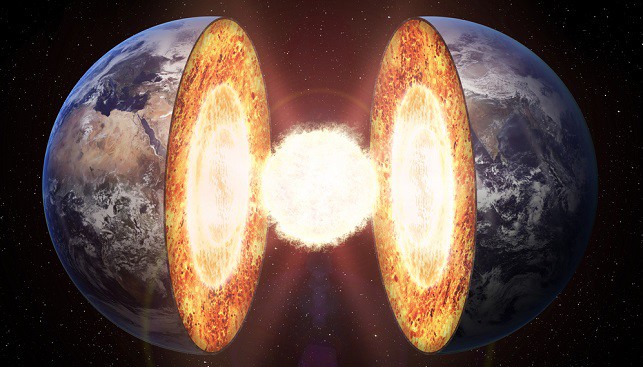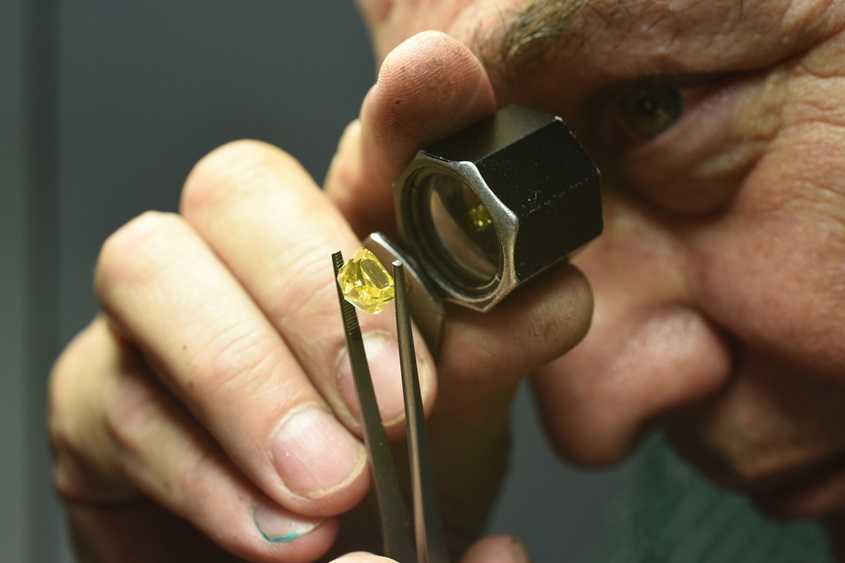A recent article called “Sulfur Isotopes in Diamonds Reveal Differences in Continent Construction” by researchers of the Gemological Institute of America (GIA), the Carnegie Institution and the University of Alberta, examines how Earth’s oldest continents (called cratons) were formed, using tiny mineral fragments trapped in diamonds.
Zimmi Diamonds’ Unique Characteristics
According to Dr. Karen Smit, lead author of the article, “diamonds are one of the most valuable gems, not only as jewelry but also in geoscience. The mineral inclusions in diamonds let us study the inaccessible depths of Earth – somewhere that today’s science cannot otherwise reach”.

The researchers examined Type Ib diamonds from the Zimmi mining area near the Libera-Sierra Leone border. These stones, which have rare nitrogen impurities, account for less than 0.1% of natural diamonds mined worldwide. The researchers laser cut and polished double-sided plates of these diamonds, and were able to isolate and study sulphide inclusions to extract chemical isotopes that offered clues to when the diamonds, and therefore the oldest parts of the continents, were formed. Sulphides are tiny minerals, often between 100 and 300 microns across, trapped in the diamonds during growth.
The Power of Inclusions
The study found that the sulphides recorded two episodes of subduction (when the oceanic crust is thrust under another tectonic plate during collision into the deep earth) in the West African continent. The first subduction event occurred around three billion years ago and the second was around 650 million years ago.

The scientists then compared the results to diamonds from southern Africa and northern Canada, and found differences in craton construction worldwide. Similar to the Zimmi diamonds, diamonds from the Jwaneng and Orapa mines in southern Africa contain the same sulphur chemistry, indicating that subduction was also an important process in the construction of the cratonic mantle in southern Africa.
However, diamonds mined in northern Canada did not show the same sulphur chemistry, meaning that the mantle keel in this region originated in some way that did not incorporate surface material. According to the researchers, “the sulphur in the Canadian diamonds does not tell us how the mantle keel formed, only how it did not”.











